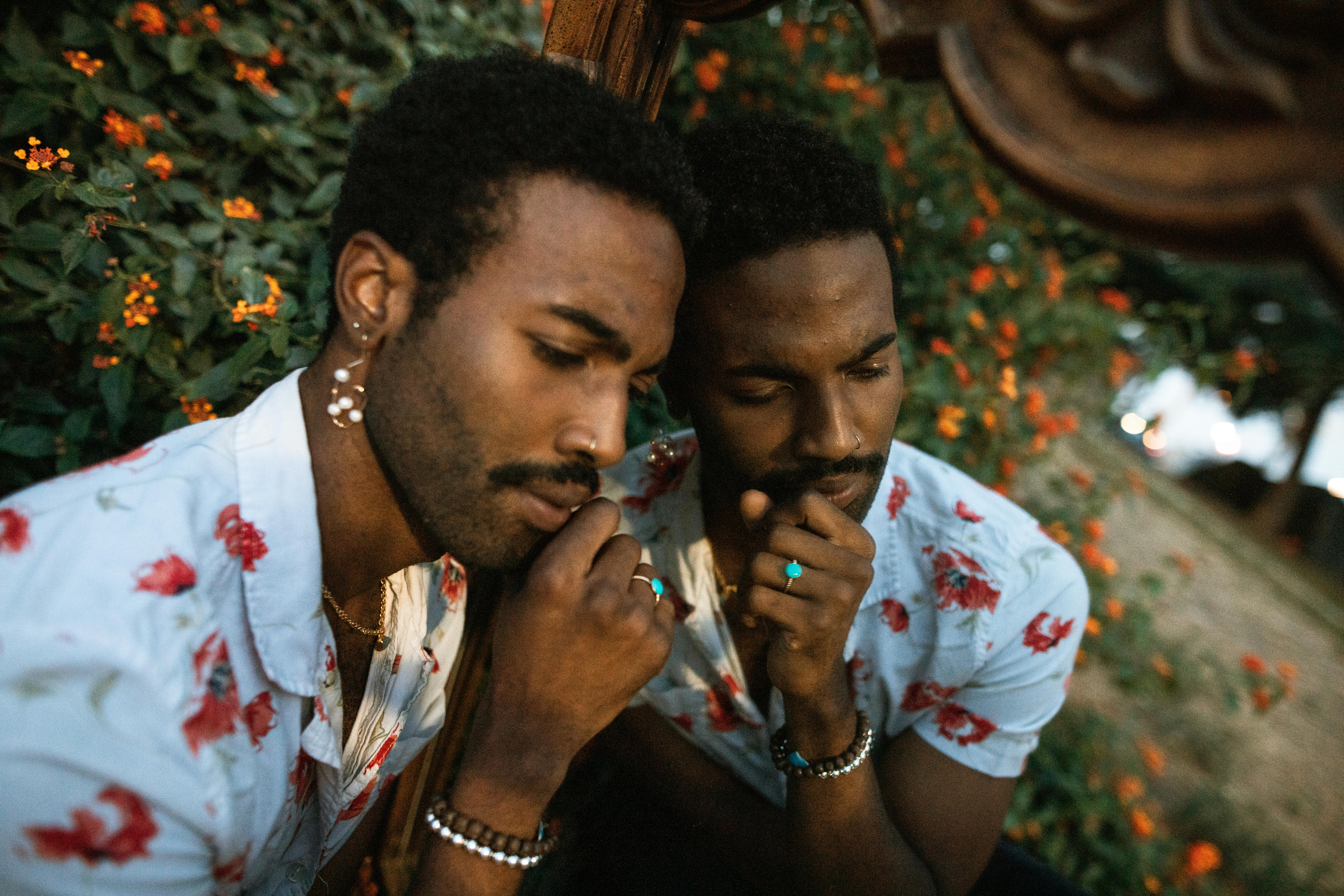African American Art: The Representation of a Unique Perspective!
African American art is a broad term that can be used to describe the visual arts of the African American community. He was influenced by many diverse cultural traditions, including those of Africa, Europe, and the Americas. Traditional African American art forms include basket weaving, pottery making, and quilting to wood carving and painting. Many slaves came from Africa as skilled craftsmen. The first recorded African American artists were actually slaves who worked as potters, blacksmiths, cabinetmakers, quilters, basket makers, and silversmiths.
With the passage of the Civil War, it became more acceptable for works created by African Americans to be displayed in museums, so artists constantly produced works for this purpose. Such works mostly followed the trend of the European Romantic and Classical traditions of landscapes and portraits. From this time, the most popular were: Edward Mitchell Bannister, Henry Ossawa Tanner and Edmonia Lewis. However, within the states of America, African American art was subject to discriminatory limitations. Overseas, however, artwork by African Americans was much better received. In Europe, especially in Paris, these artists were able to express much more freedom in experimentation and education in techniques that extended beyond traditional Western art. Freedom of expression was much more prevalent in Paris, as well as in Munich and Rome to a lesser extent.
Perhaps The Harlem Renaissance was one of the most notable movements in African American art. Concepts of freedom and ideas of freedom that were already widespread in many parts of the world had begun to seep into the art communities of the United States during the 1920s. Famous artists in this period included the photographer James Van Der Zee, the painter Palmer Hayden, Aaron Douglas, Richmond Barthé, Archibald Motley, William H. Johnson, Sargent Johnson, Malvin Gray Johnson and Hale Woodruff.
With the advent of African American art and postmodernism in the mid to late 1980s, previous definitions of African American art would be replaced by postmodernist concepts of cultural relativity, art as performance, critical investigations of art and society through the work of one and questions of identity, geography and history.



Recent Comments